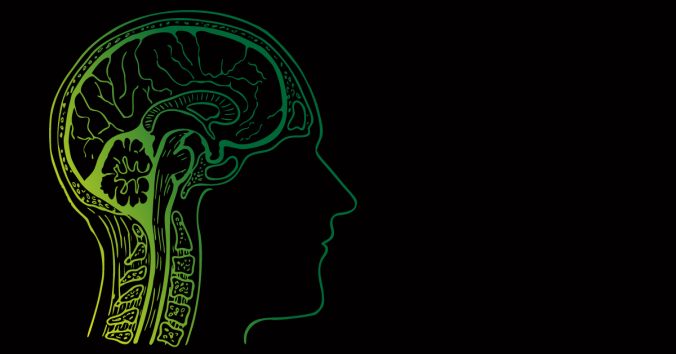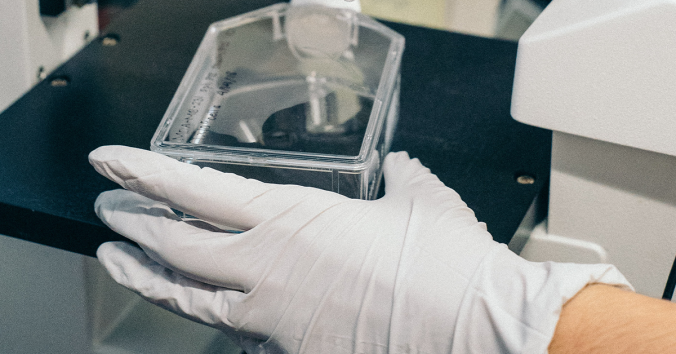How can we improve the clinical care of brain-damaged patients? Individual clinicians, professional and patient associations, and other relevant stakeholders are struggling with this huge challenge.
A crucial step towards a better treatment of these very fragile patients is the elaboration and adoption of agreed-upon recommendations for their clinical treatment, both in emergency and intensive care settings. These recommendations should cover different aspects, from diagnosis to prognosis and rehabilitation plan. Both Europe and the US have issued relevant guidelines on Disorders of Consciousness (DoCs) in order to make clinical practice consistent and ultimately more beneficial to patients.
Nevertheless, these documents risk becoming ineffective or not having sufficient impact if they are not complemented with a clear strategy for operationalizing them. In other words, it is necessary to develop an adequate translation of the guidelines into actual clinical practice.
In a recent article that I wrote with Arleen Salles, we argue that ethics plays a crucial role in elaborating and implementing this strategy. The application of the guidelines is ethically very relevant, as it can directly impact the patients’ well-being, their right to the best possible care, communication between clinicians and family members, and overall shared decision-making. Failure to apply the guidelines in an ethically sound manner may inadvertently lead to unequal and unfair treatment of certain patients.
To illustrate, both documents recommend integrating behavioural and instrumental approaches to improve the diagnostic accuracy of DoCs (such as vegetative state/unresponsive wakefulness syndrome, minimally conscious state, and cognitive-motor dissociation). This recommendation is commendable, but not easy to follow because of a number of shortcomings and limitations in the actual clinical settings where patients with DoCs are diagnosed and treated. For instance, not all “ordinary,” non-research oriented hospitals have the necessary financial, human, and technical resources to afford the dual approach recommended by the guidelines. The implementation of the guidelines is arguably a complex process, involving several actors at different levels of action (from the administration to the clinical staff, from the finances to the therapy, etc.). Therefore, it is crucial to clearly identify “who is responsible for what” at each level of the implementation process.
For this reason, we propose that a strategy is built up to operationalize the guidelines, based on a clarification of the notion of responsibility. We introduce a Distributed Responsibility Model (DRM), which frames responsibility as multi-level and multi-dimensional. The main tenet of DRM is a shift from an individualistic to a modular understanding of responsibility, where several agents share professional and/or moral obligations across time. Moreover, specific responsibilities are assigned depending on the different areas of activity. In this way, each agent is assigned a specific autonomy in relation to their field of activity, and the mutual interaction between different agents is clearly defined. As a result, DRM promotes trust between the various agents.
Neither the European nor the US guidelines explicitly address the issue of implementation in terms of responsibility. We argue that this is a problem, because in situations of scarce resources and financial and technological constraints, it is important to explicitly conceptualize responsibility as a distributed ethical imperative that involves several actors. This will make it easier to identify possible failures at different levels and to implement adequate corrective action.
In short, we identify three main levels of responsibility: institutional, clinical, and interpersonal. At the institutional level, responsibility refers to the obligations of the relevant institution or organization (such as the hospital or the research centre). At the clinical level, responsibility refers to the obligations of the clinical staff. At the interpersonal level, responsibility refers to the involvement of different stakeholders with individual patients (more specifically, institutions, clinicians, and families/surrogates).
Our proposal in the article is thus to combine these three levels, as formalized in DRM, in order to operationalize the guidelines. This can help reduce the gap between the recommendations and actual clinical practice.

Written by…
Michele Farisco, Postdoc Researcher at Centre for Research Ethics & Bioethics, working in the EU Flagship Human Brain Project.
Farisco, Michele; Salles, Arleen. American and European Guidelines on Disorders of Consciousness: Ethical Challenges of Implementation, Journal of Head Trauma Rehabilitation: April 13, 2022. doi: 10.1097/HTR.0000000000000776
We want solid foundations






Recent Comments